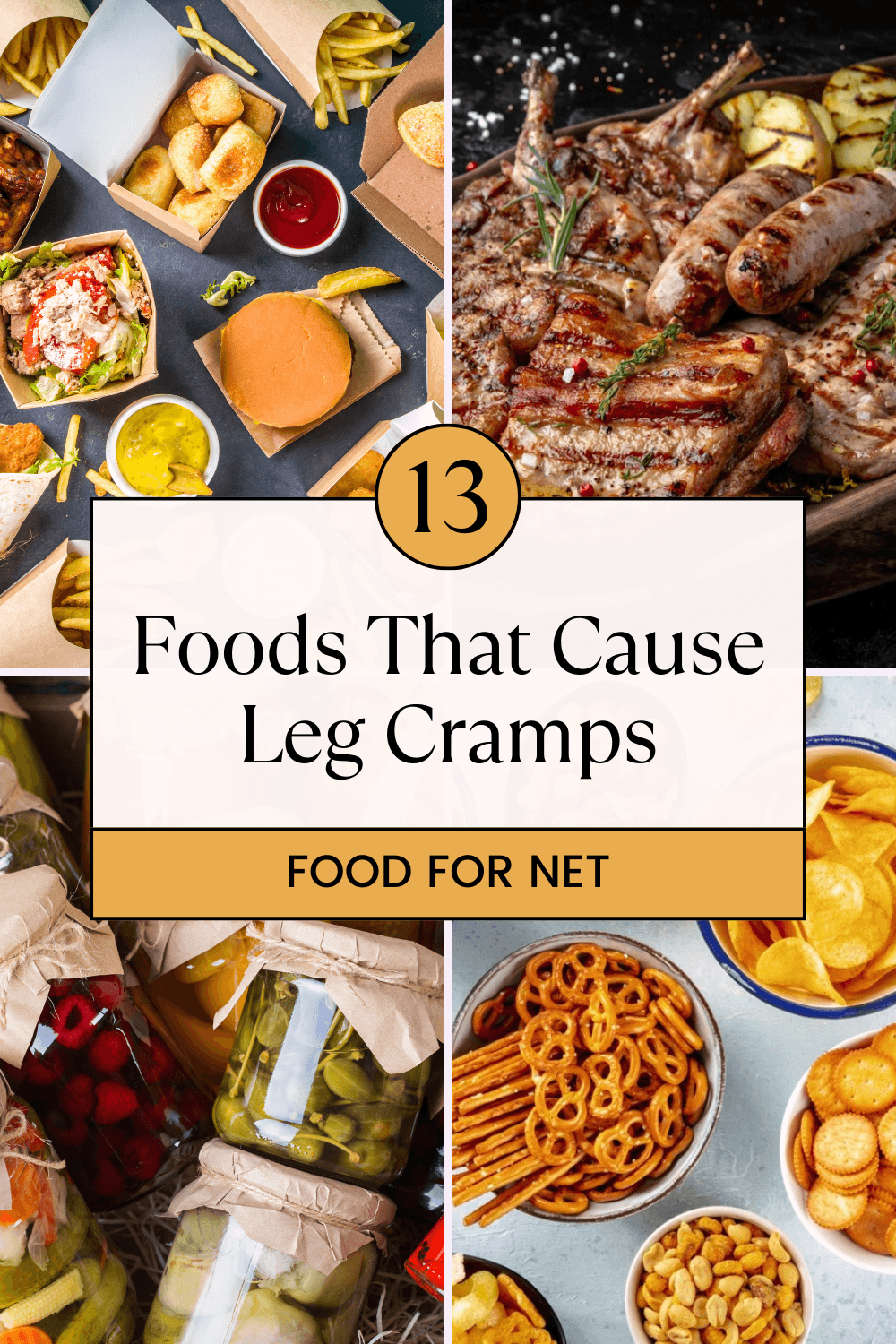
Leg cramps tend to be sudden and painful, sometimes even stopping you from moving again until they have passed. While they’re often linked to exercise, they can also happen in plenty of other situations. Sometimes they even seem entirely random. There’s a lot of focus on the foods that can help with cramps, so what about foods that cause leg cramps instead?
The idea makes sense, doesn’t it? If the right foods can help protect you from leg cramps, the wrong foods could easily increase cramps. Interestingly, there’s been much less research in this area, so there’s a lot that scientists don’t currently know.
We’re not completely in the dark, though. Foods and drinks that promote dehydration are particularly likely to lead to leg cramps. Foods that contribute to inflammation might be relevant too, given that inflammation involves the release of a variety of chemicals and can even directly affect our nerves and muscles.
Read on to learn about some of the most problematic foods and ways to protect yourself against leg cramps in the future. Some of these foods are worth avoiding for other reasons too. For example, they might contribute to night terrors in kids or even to ear wax buildup.
Foods That Cause Leg Cramps
Salty Snacks
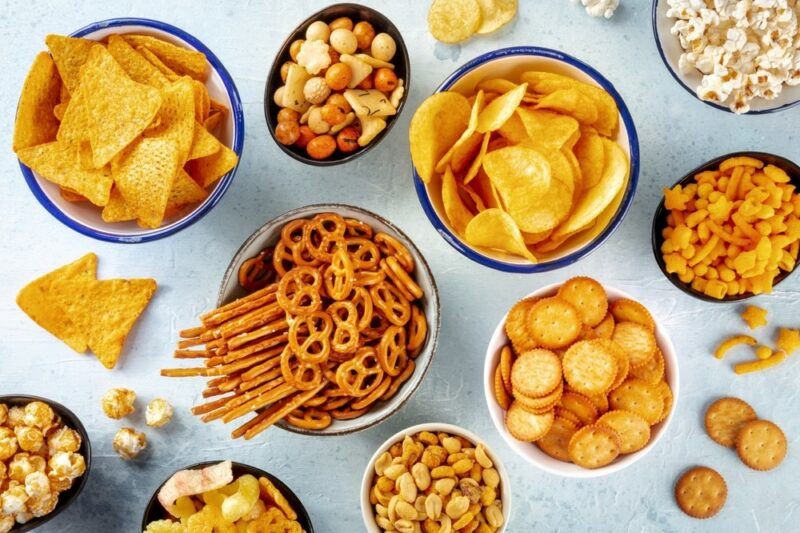
Salt does play many important roles in our body. We actually need it to survive. The problem? Most of us consume far too much salt. It’s hard not to, given that high amounts are used in processed foods and many of our favorite snacks.
The big concern here is that salt influences your fluid balance. When you consume large amounts of salt, your body attempts to rebalance by pulling extra water from your cells (the effect can also lead to water retention).
To get around this effect, you need to drink enough water to offset the salt. If you don’t, you risk dehydration, making cramps more likely. Drinking fluids is particularly important if you’re losing water in other ways too, like through sweat from vigorous exercise.
Tinned Soups And Similar Foods

Some canned foods are completely fine. Others, particularly many soups, contain an insane amount of salt. You often get between 600 to 700 mg of salt in a single small serving. Some products are even more extreme, containing more than 1,000 mg of salt per serving.
All this salt can easily lead to health issues. Some of these products may be packed with additives too, making them even less healthy.
White Bread And Pasta

You’ve heard this one before, right? White bread, pasta, and similar products aren’t great for health. The big problem is their refined carb content, which is excessive.
Refined carbs are simply carbohydrates from sources like wheat and rice that have been through considerable processing. Their bran, germ, and much of their fiber content have been removed. This effect makes them easy to digest, but quickly leads to blood sugar spikes.
Foods like white bread and pasta also tend to be fairly low in nutrients and high in calories. Their protein content is typically low too, so it’s easy to over-consume them.
These issues can all contribute to inflammation and poor health. This inflammation may play a role in leg cramps, as may the fast increase in your blood sugar levels.
Highly Processed Foods
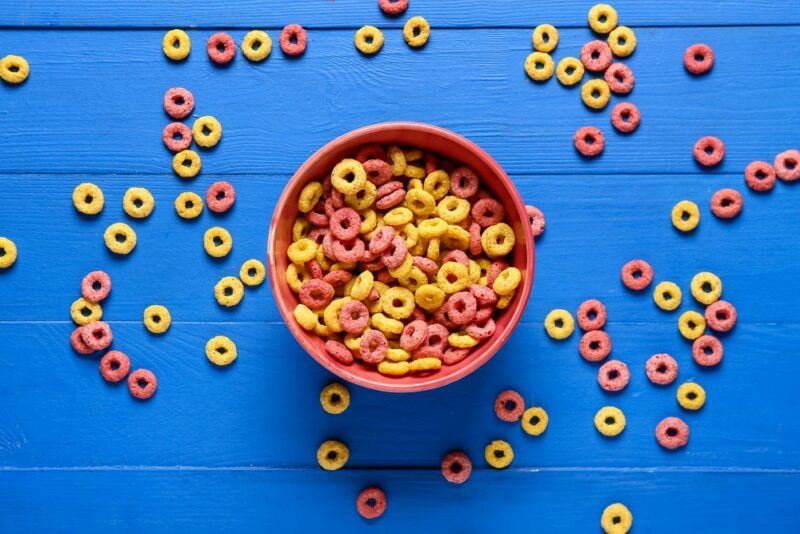
Highly processed foods feature on almost every health issue list we have, including foods that cause night terrors and those that increase ear wax. That shouldn’t be surprising, given that processed foods are already famous for being unhealthy.
First, let’s be clear, we’re not talking about every type of highly processed food here. Some companies go to great lengths to ensure that their products are as healthy as possible. This often includes relying on whole food ingredients and skipping the additives.
Still… processed foods are often high in sugar and salt. They can be calorie bombs that provide you few nutrients and quickly spike your blood sugar. They can also include many additives, the effects of which we still don’t really understand.
It’s not surprising that these foods can easily increase inflammation. They contribute to plenty of other health issues too.
Sugary Treats

The category of sugary treats includes cakes, cookies, candy, ice cream, and plenty of others. The big issue here, of course, is the sugar content. Sugar does our health no favors and is famous for its role in inflammation. It’s also very easy to overdo it on sugar, given that the sweetener is used in so many different foods.
Remember that most sugary foods aren’t good for us anyway. They’re typically low in nutrients, may rely on additives, and can be highly processed.
Excessive sugar intake might also contribute to dehydration due to how our body responds to high levels of sugar. This effect can easily be problematic if you consume many sugary foods.
Energy Drinks
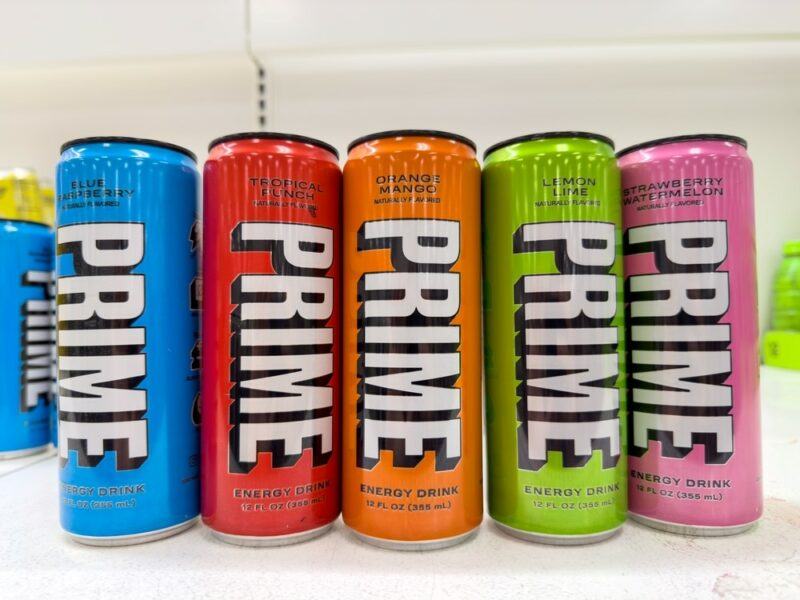
Energy drinks deserve a mention, as they’re a popular way to keep you going when you feel tired. Like sugary treats, energy drinks can easily raise inflammation and dehydrate you.
But, energy drinks have another issue too – their caffeine content.
Caffeine is thought to dehydrate you, as it has a diuretic effect. There’s some debate about how strong this is, but it’s certainly something to watch out for, especially if you’re consuming large energy drinks or are having them most days.
Artificially Sweetened Foods And Drinks
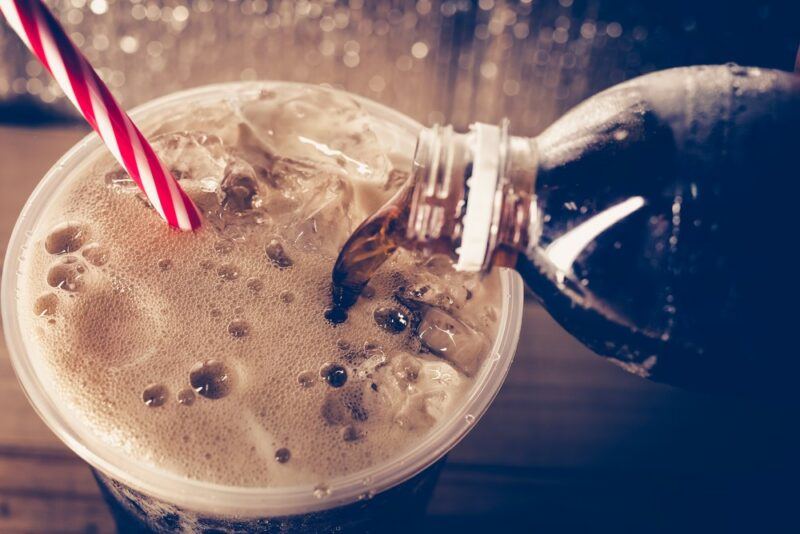
Artificial sweeteners seem like an easy way to get around the sugar issue, especially as there are so many artificially sweetened products out there now. After all, these often taste just as sweet as sugar, but shouldn’t cause the same inflammation or dehydration effects.
Those claims may well be true, but we don’t fully know, not yet.
As with additives, research into sweeteners takes a lot of time. It’s hard for researchers to figure out every possible health effect of these ingredients, given that we’re all so different and have varied diets. There are also concerning trends with some sweeteners, particularly sucralose.
More research is needed before we know all the impacts of artificial sweeteners and whether they contribute to leg cramps. Until then, it’s essential to be wise with your consumption and pay attention to any side effects.
Some Fermented Foods
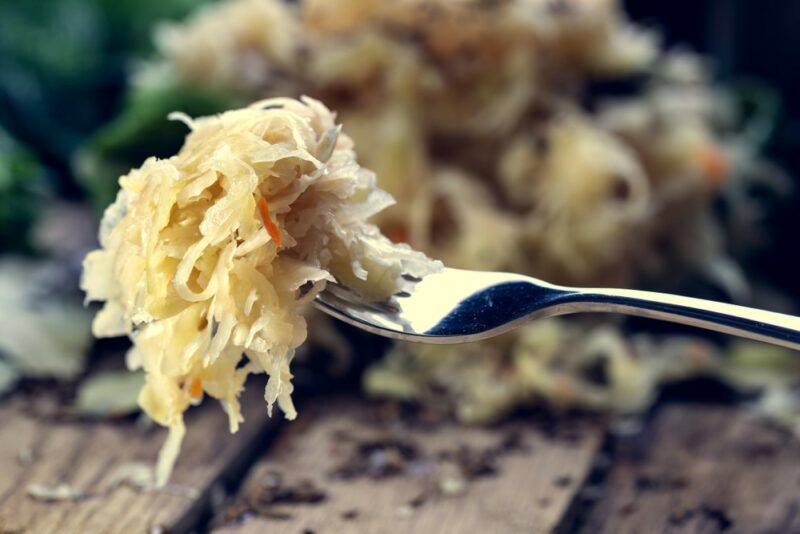
Unlike most entries on this list, fermented foods have a positive reputation. They’re thought to promote health, largely due to their probiotic content. These foods tend to be rich in nutrients and antioxidants as well.
The problem is the salt content. Fermented foods often rely on a salt-based brine, so there’s a lot of sodium in the finished dish. As we’ve already discussed, high salt intake can contribute to dehydration, which then increases the risk of cramps.
Thankfully, there are some low salt fermented foods, including kombucha and kefir. Even the high salt ones might be okay if you cut down your salt intake elsewhere and make sure you drink enough water.
Fast Food
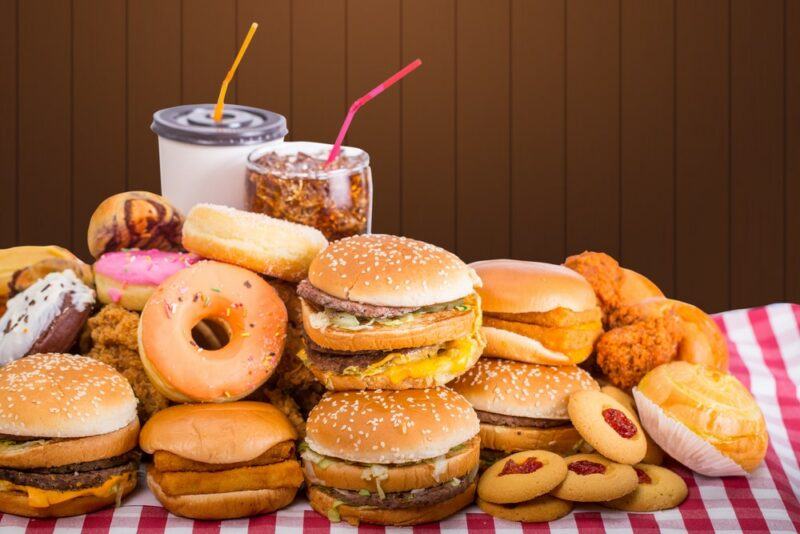
We’ve already talked about processed food and all the issues of refined carbs, so the inclusion of fast food shouldn’t be a surprise at all. Such foods are often salty too and could contribute to dehydration.
There’s also another issue at play – it’s easy to turn to fast food and processed foods instead of healthy meals you prepare yourself. This is particularly true when you’re stressed or low on energy.
Fast food isn’t great nutritionally, so consuming large amounts regularly may decrease your nutrient intake. It could easily lead to nutrient deficiencies, which then raise the risk of leg cramps.
Too much fast food could make you overweight as well. This then makes workouts harder and has many negative effects on your health.
Too Much Protein
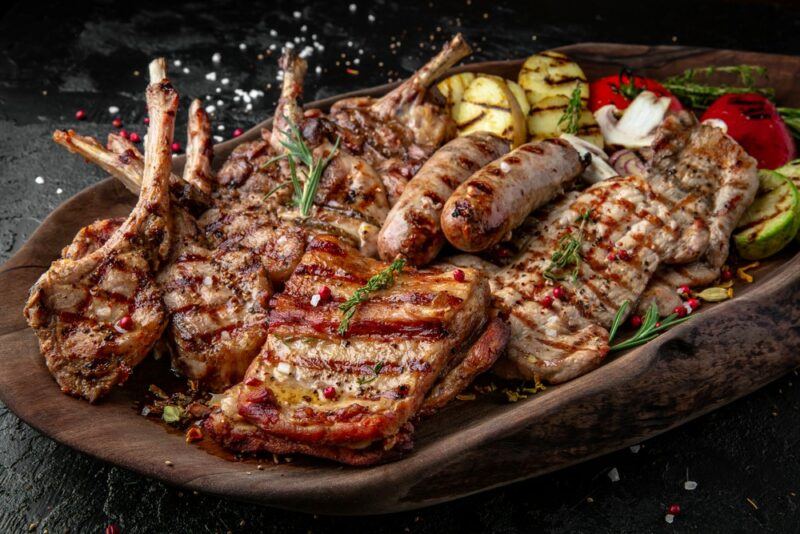
Protein metabolism is more water-intensive than metabolizing carbs and fat, so a high protein diet does put you at risk of dehydration. This could be a particular issue for paleo dieters and bodybuilders, as their protein intake is often high.
Thankfully, this issue is easily resolved by increasing your water intake. You might also lower your protein intake and consume more vegetables if leg cramps are a regular problem.
Processed Meats
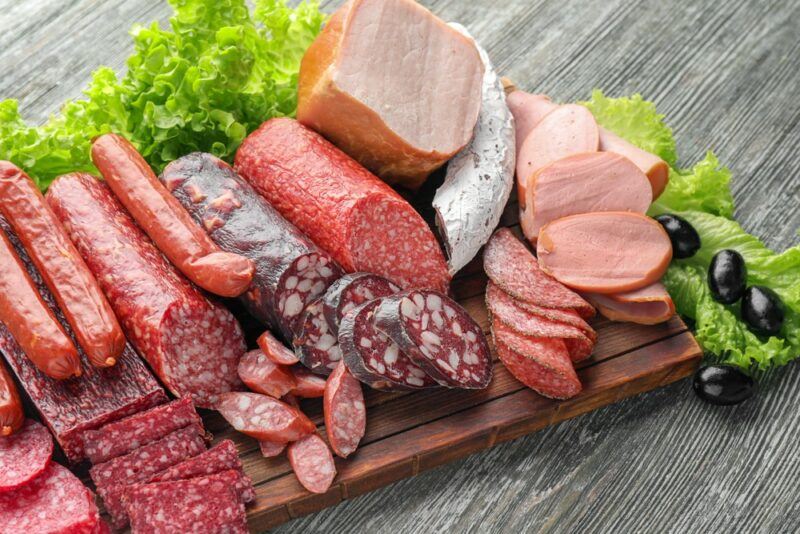
Be cautious with processed meats, including bacon, ham, and jerky. Not only are these high in protein, but they also contain a decent amount of salt.
The combination of salt and protein puts you at particular risk of dehydration, especially if you eat these meats regularly.
Asparagus

Asparagus isn’t as concerning as the other items on this list, as it provides plenty of nutrients and is generally healthy. The main issue is simply that it is a diuretic and can lead to water loss.
You need to consume a large amount of asparagus to actually end up dehydrated, so the risk is minimal. Still, it’s worth paying attention to your asparagus intake, especially if you consume other natural diuretics regularly.
Beets
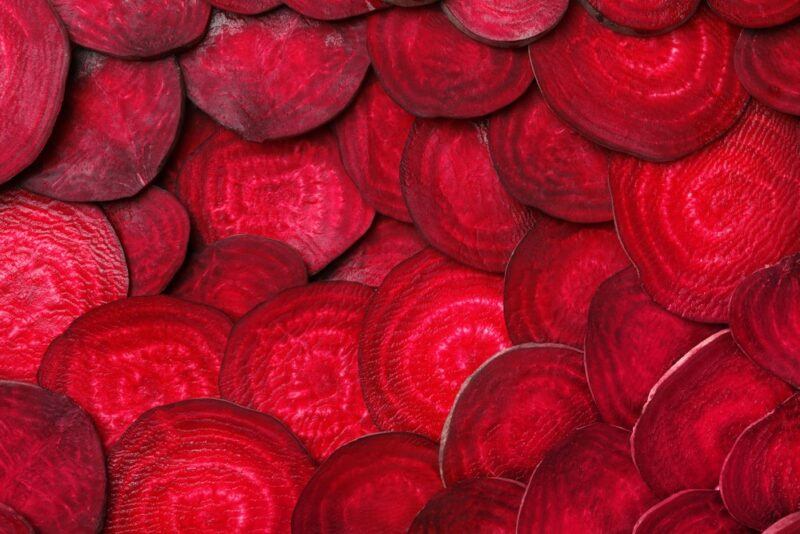
Like asparagus, beets have some diuretic properties and could be an issue in large quantities. Oxalates in beets could also play a role, although there’s no proven link between oxalates and leg cramps.
That said, beets are also an excellent source of potassium and low potassium intake can actually cause leg cramps.
This suggests the importance of experimenting with beets. See whether consuming beets (or beet juice) helps with your cramps or makes them worse.
What Can Help With Leg Cramps
Pickle Juice
Pickle juice is an interesting case, as it’s very high in sodium, which should make it a poor choice for cramps. Yet, it is associated with cramp reduction instead.
The effect isn’t entirely understood. It could be because of the electrolytes, except that the effect persists even for people who don’t have an electrolyte imbalance. Another theory suggests that pickle juice might reduce the firing of alpha motor neurons.
While pickle juice doesn’t help everyone, it’s certainly worth trying. The juice has plenty of other benefits anyway, especially if you choose the fermented version.
Apply Heat Or Cold
Applying a hot pack or a cold compress to the affected area can help with muscle cramps. The cold compress works by decreasing pain, inflammation, and swelling, which helps your cramps to dissipate. Warmth relaxes and helps to heal the tightened muscles instead.
Cold compresses are the best place to start, as these are most relevant for acute muscle cramps. However, you can experiment to find which type helps you the most.
Massage The Area
Lightly massaging the cramped muscle is helpful as well. This helps to relax the muscle and can dissipate the cramp.
Some people turn to pain relief creams like Mentholatum Deep Heating Rub. These release heat while you are physically stimulating the muscle, giving you two sets of benefits at once.
Focusing On Good Food
Food generally won’t stop a muscle cramp in its tracks, but the right foods can decrease the risk of ever getting cramps. The most valuable thing here is simply getting enough nutrients. Doing so is crucial, as deficiencies in some of the B vitamins, magnesium, and even choline can increase the risk of muscle cramps.
Because multiple deficiencies can lead to muscle cramps, the answer here isn’t to just add a few foods into your diet. Instead, you need a nutrient rich approach that keeps processed foods to a minimum. Doing so often involves focusing on fresh fruits and vegetables, whole grains, legumes, fish, and lean meat.
If you’re avoiding some food groups (like if you’re a vegetarian or following a paleo diet), you’ll need to pay particular attention to the foods you do eat. Ensure you cover any gaps and still get all the nutrients you need.
Staying Hydrated
Dehydration is a common cause of leg cramps. So, protecting yourself is sometimes as simple as getting enough water.
This doesn’t mean you need to drink an entire gallon of water per day. But, if you’re getting leg cramps often, try increasing your water intake and see whether doing so makes a difference.
Don’t Overdo It With Exercise
Sometimes cramps are simply the result of exercising too hard. There are certainly merits to pushing yourself and reaching your goals, but prolonged intensive exercise can easily cause more harm than good.
It’s crucial to pay close attention to your body here, then stop when you see signs that you’re overtraining. You may also need to decrease the length or your workouts and give yourself regular rest days.
Talk To Your Doctor
Finally, talk to your doctor, particularly if you’re dealing with regular leg cramps. These cramps could be a side effect of medication or a symptom of an underlying health condition, either of which could require intervention.
Even if medication and health conditions aren’t a factor, your doctor might be able to suggest some ways to deal with the cramps.

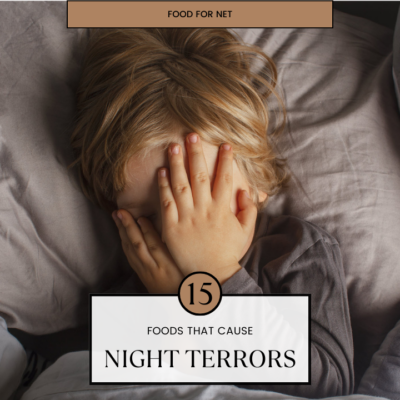






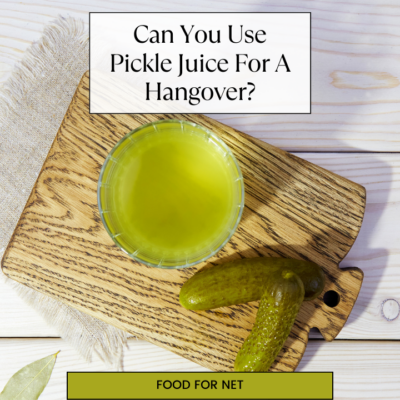

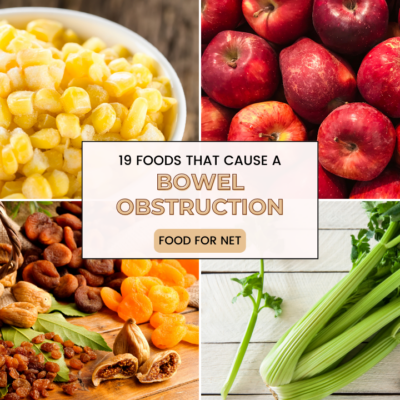
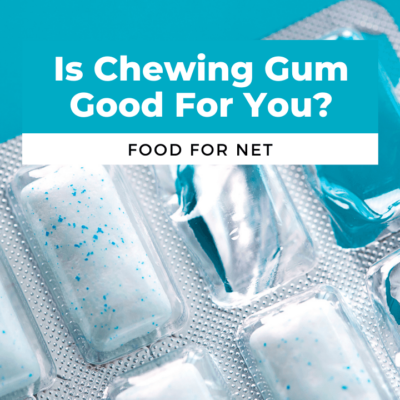
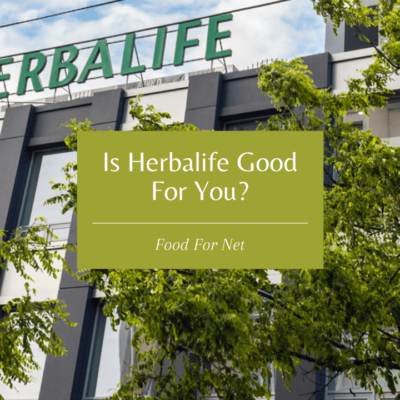

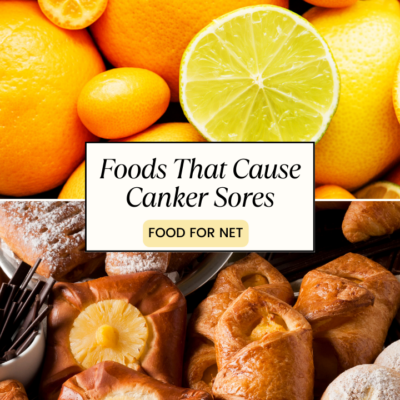

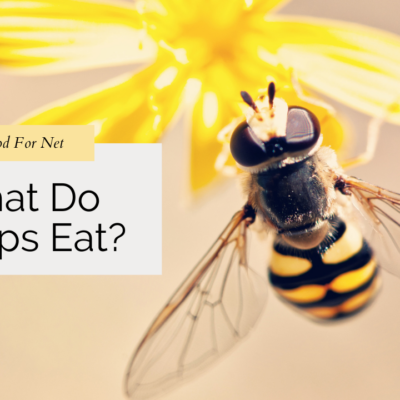
 15 Surprising Foods That Cause Night Terrors
15 Surprising Foods That Cause Night Terrors
Leave a Reply